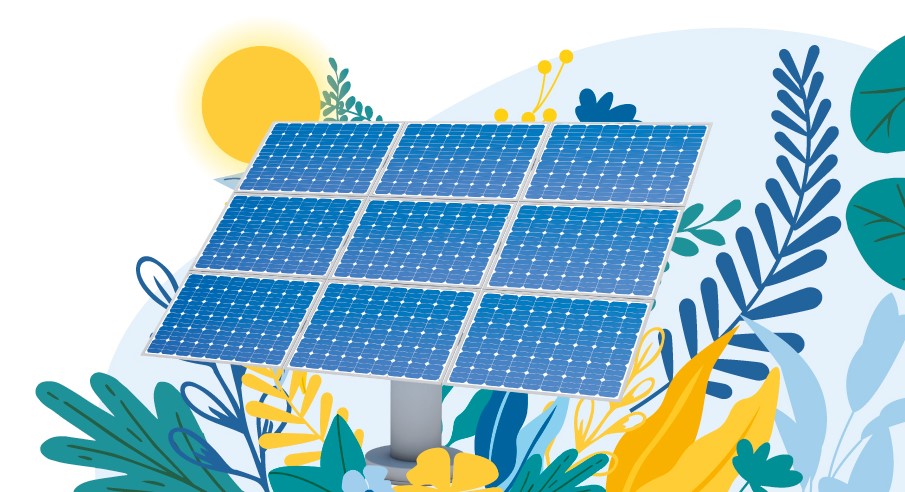Energía Solar
Solar panels at home: installation and tips. Part 1
At present, the use of solar energy as an alternative source of electricity through photovoltaic systems has gained much popularity. It is now very common to see solar panels on home.
This is due, among other things, to the independence it provides from the commercial electricity grid, the savings in billing costs and the fact that it is a renewable energy source.
If you have decided to install a photovoltaic system in your home, the most critical part of it are the solar panels.
In this regard you should know that, over time, the cost of the panels has decreased due to the massification of their production.
To make things easier for you, we will now tell you how to use solar panels at home: installation and tips. This guide will serve as an orientation for you, so that your project can be successfully completed.
What solar panels are and how to use them
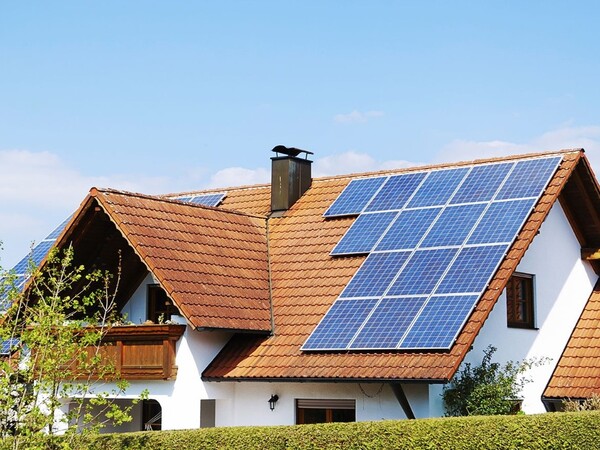
Solar panels or solar panels are devices composed of solar cells that transform solar energy into electricity.
To use them, they must be installed in a place where the sun’s rays fall on their surface. They are connected to other equipment such as inverters, charge controllers, batteries, etc. to form a photovoltaic system.
In short, they are one of the basic elements that make this form of renewable energy possible.
Here are some tips for the installation of your solar energy system as well as for the smart purchase of your panels.
What you should consider initially
Before deciding to install a solar energy system, we suggest you read our articles advantages of installing a photovoltaic system in your home and disadvantages of a solar energy system at home.
These articles are already published and will help you in your decision.
With them you will be able to evaluate some key aspects to determine if a solar energy system suits you or not, although you should keep in mind that this system requires a strong initial investment.
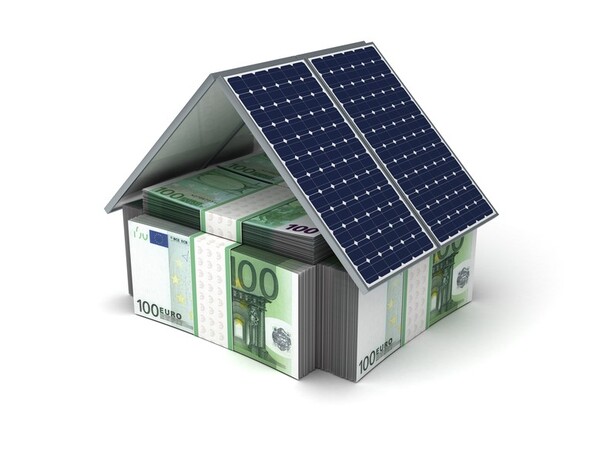
But the savings it offers will allow you a quick return on your money, in a very short time, so you will surely consider that placing a photovoltaic system in your house is your best decision.
Therefore, here are some tips that you should follow before buying your solar panels, which are the fundamental part of the system.
Tips for buying solar panels
We suggest that in order to follow these tips, you seek the advice of a certified professional who will provide you with the necessary feasibility and details.
Site for installation of solar panels
Choose a space in your house, usually the roof, which must be large and robust enough for the installation of solar panels, before this you must know the amount you will need.
You should also evaluate if this area receives enough sunlight throughout the day, and verify the existence of shadows.
If there is any inconvenience, the best thing to do is to look for another place for the installation of solar panels.
Selection of the type of solar panels
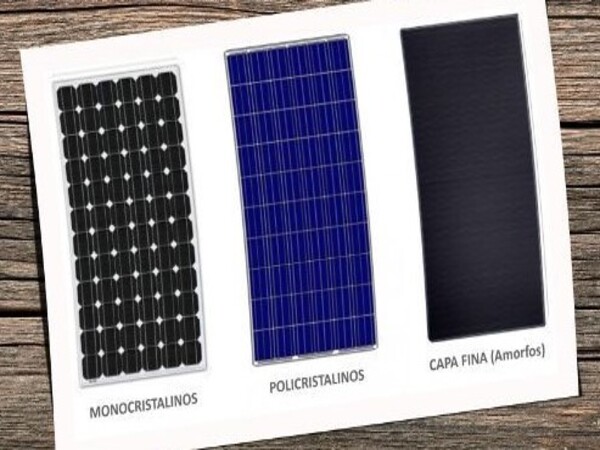
This is one of the most important decisions you must make, since solar panels are the elements that transform solar energy into electricity.
To do this, choose the technology that suits you taking into account the main factors that are your real needs of electricity from solar energy, efficiency, cost, quality and capacity.
Regarding this last variable, it is important for you to know that all the solar panels of your installation must have the same power.
Below we present the existing types and their characteristics, so that you can make an informed decision.
Monocrystalline silicon solar panels

They are made of a single silicon crystal, are the most efficient and high quality, are the most expensive but very durable.
Polycrystalline silicon solar panels
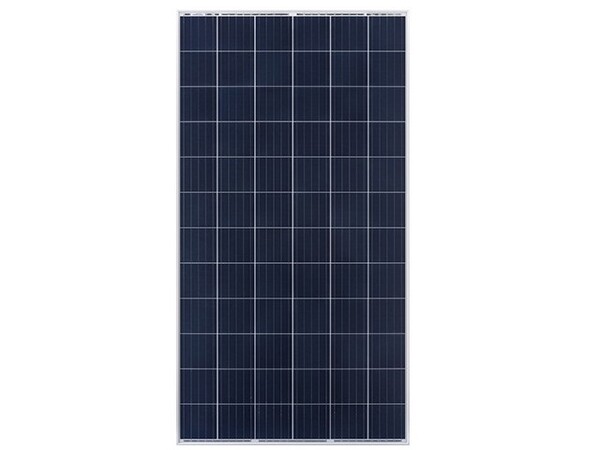
Their solar cells have multiple silicon crystals, their efficiency is lower than that of monocrystalline panels and they are less expensive than the latter.
They also have a long service life. They are widely used in the construction of domestic and commercial photovoltaic systems.
Thin-film, thin-film or amorphous solar panels
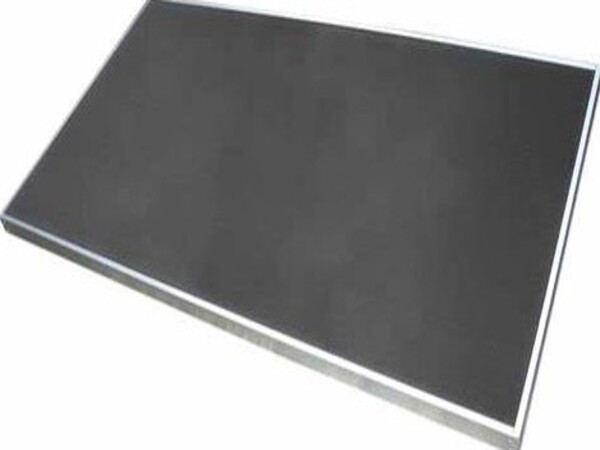
They are the least efficient of all but are light and inexpensive. They also tend to be flexible. Their use is very common in low-cost systems and where conventional solar panels are not practical.
Below, we show you a comparative table of each technology.
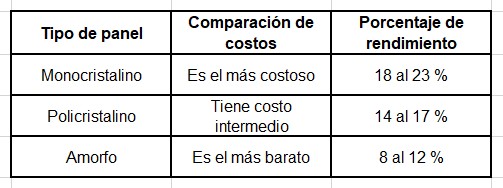
To complement, we invite you to consult our post Solar panels: what you should know before buying, which we already have at your disposal.
We will continue with this interesting topic in the second part of this post called Solar panels: installation and tips. Part 2, which we will publish soon.
What did you think about this article? or is something not clear to you? If you have any comments do not hesitate to contact us through the energydcac
Image sources
- furgoyauto.com
- energyacdc.com
- sinovoltaics.com

